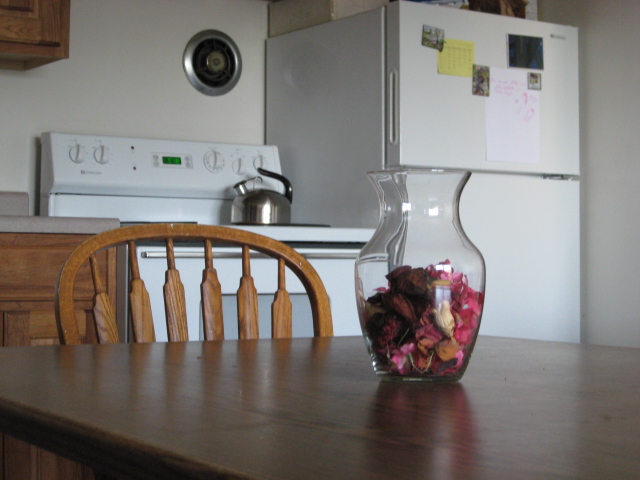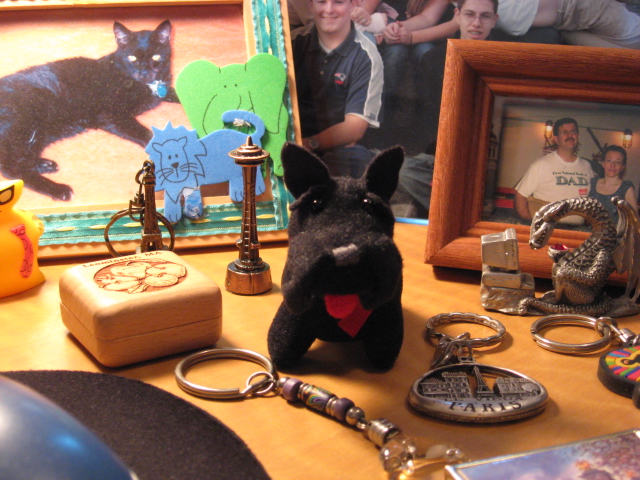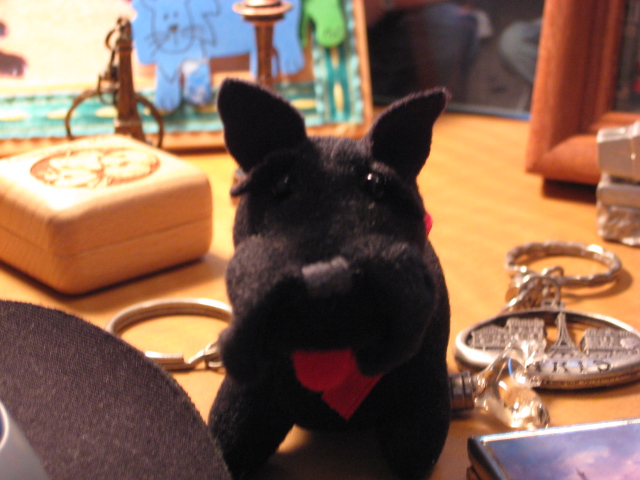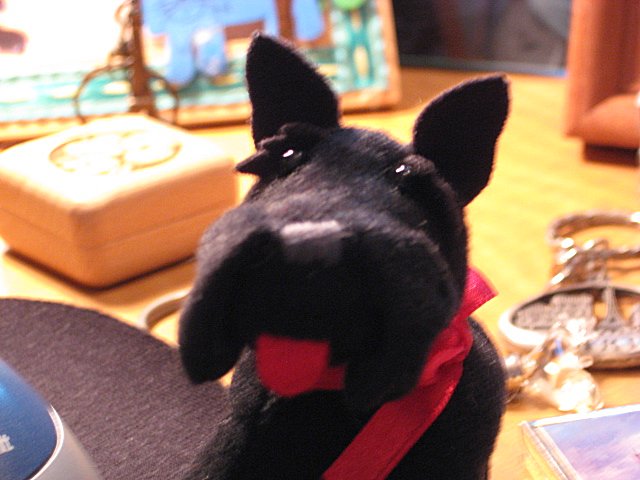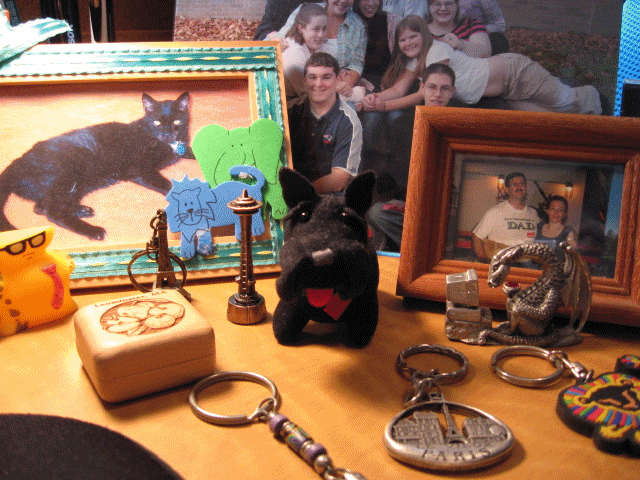Heather Strong
15-463 Fall 2008
Project 0: The Vertigo Shot
In order to complete this project I used a Canon PowerShot A560. Since this camera does not have image stabilization, the biggest difficulty in this project was taking sharp photos at a large zoom. When I was in an area well-lit enough that the shutter speed was fast even with the zoom, it became difficult to see the image on the cameraís preview window. The camera has the functionality to display gridlines on the image preview window, which I found extremely helpful for lining up a series of pictures reasonably well. On the other hand, the gridlines also made me realize just how much my hands move when Iím trying to take a photo. So although I was able to see approximately how I should line up the scene, holding it in that position long enough to press the shutter button proved surprisingly difficult.












